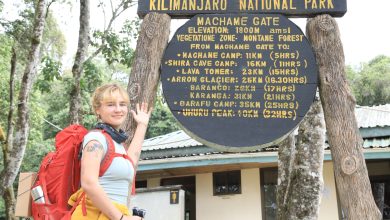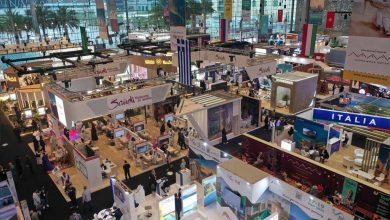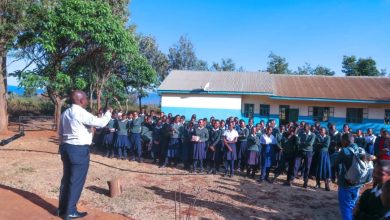Arusha economy thrives with 3.5tri/- in development funding

DODOMA: ARUSHA Region has recorded remarkable progress in tourism and other development sectors over the past four years, a success largely attributed to the global impact of ‘The Royal Tour’ film featuring President Samia Suluhu Hassan.
Addressing a press conference in Dodoma on Sunday, Arusha Regional Commissioner Mr Kenan Kihongosi outlined key achievements, including major infrastructure upgrades, improved service delivery and increased revenue collection, transformations that have significantly elevated the region’s economic landscape.
RC Kihongosi revealed that the government has invested over 103bn/- in the renovation and upgrading of Arusha and Lake Manyara Airports, aimed at enhancing their status and accommodating growing passenger traffic due to increased flight frequencies.
“Starting this December, Arusha Airport will begin 24-hour operations and start receiving international flights. This will reduce congestion at Kilimanjaro International Airport (KIA) and allow tourists to land directly in Arusha City,” he said.
To support this upgrade, 11bn/- has been spent on installing advanced runway lighting systems to facilitate safe night landings.
Another 640m/- has been used to expand the airport’s parking facilities, while 2.8bn/- was allocated for a modern passenger terminal and extended taxiways.
“Arusha Airport is now the second in Tanzania in terms of aircraft movements and third in passenger volume after Julius Nyerere International Airport (JNIA) and KIA,” Mr Kihongosi noted.
He said, the government has invested 88.5bn/- to upgrade Lake Manyara Airport and has disbursed 5.93bn/- in compensation to 187 individuals affected by the expansion.
These improvements aim to strengthen tourism in the northern circuit, with Arusha as a key hub.
To promote scientific tourism and protect geological heritage, the government, in collaboration with China, is constructing a modern geological museum worth 25bn/- at the Ngorongoro-Lengai UNESCO Global Geopark.
ALSO READ: ZTC in bid to beautify Isles tourist attractions
Implemented through the Ngorongoro Conservation Area Authority (NCAA), the museum will serve as a comprehensive library showcasing the region’s rich geological and anthropological history, from ancient rock formations to early human settlements and diverse cultures.
“This initiative will support geo-heritage conservation, enrich educational content, extend tourists’ stay and stimulate the local economy,” the RC added.
On broader development, Mr Kihongosi said that Arusha Region has received a total of 3.5tri/- over the past four years.
The funds have supported numerous projects in governance, health, education, water, roads and energy.
Civic engagement in development has grown substantially, with community-initiated projects reaching an 84 per cent implementation rate.
Meanwhile, per capita income rose from 3.2m/- in 2020 to 3.6m/- in 2023, reflecting a 12.5 per cent increase.
Local government authorities have seen a dramatic rise in own-source revenue, up by 318 per cent, from 34.63bn/- in 2020/21 to 110.12bn/- by May 2025.
Similarly, local governmentfunded development projects grew from 16.38bn/- to 40.48bn/- during the same period.
Agriculture, the region’s economic backbone, also received a substantial boost.
The government allocated 85.2bn/- to enhance crop production and 1.5bn/- for livestock development.
Consequently, food crop production surged by 19 per cent, rising from 450,015 tonnes in 2021 to 536,581 tonnes in 2025.
The Eyasi Basin irrigation project in Karatu District, valued at 38.4bn/- was also highlighted.
The project spans 5,000 hectares and is expected to benefit 3,000 farmers upon completion.
In terms of economic empowerment, interest-free loans issued to women, youths and people with disabilities increased from 3.08bn/- in 2021 to 13.55bn/- in 2025.
The number of beneficiary groups grew from 721 to 1,380 over the same period.
Moreover, Arusha Region benefited from 57.22bn/- through the Tanzania Social Action Fund (TASAF), with 38.39bn/- directed toward cash transfers to vulnerable households and 18.82bn/- used for infrastructure development.
Covering an area of 34,515.5 square kilometres, Arusha Region comprises six districts, seven councils, 23 divisions, 158 wards, 394 villages, 154 streets, and 1,505 hamlets.
According to the 2022 census, the region has a population of 2,356,255, of whom 1,125,616 are men and 1,230,639 women with an annual growth rate of 3.4 per cent.
The region borders Manyara to the south, Kilimanjaro to the east, Kenya to the north and Simiyu and Mara to the we





